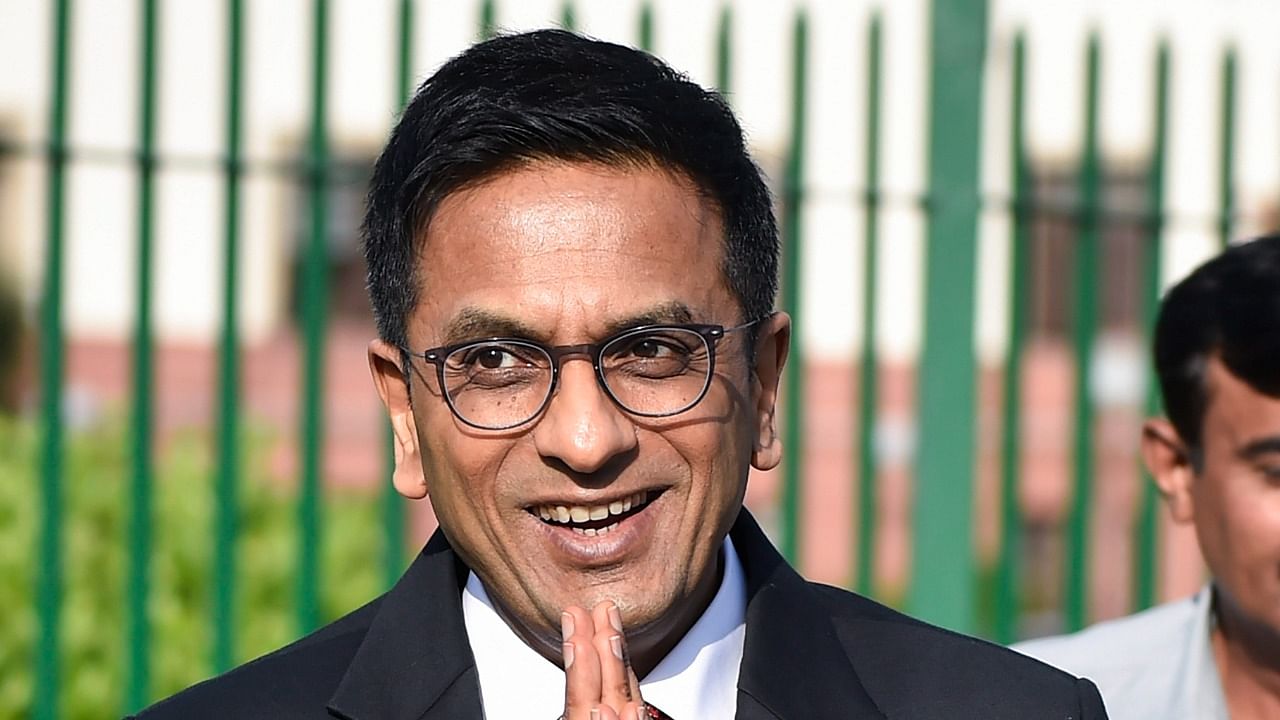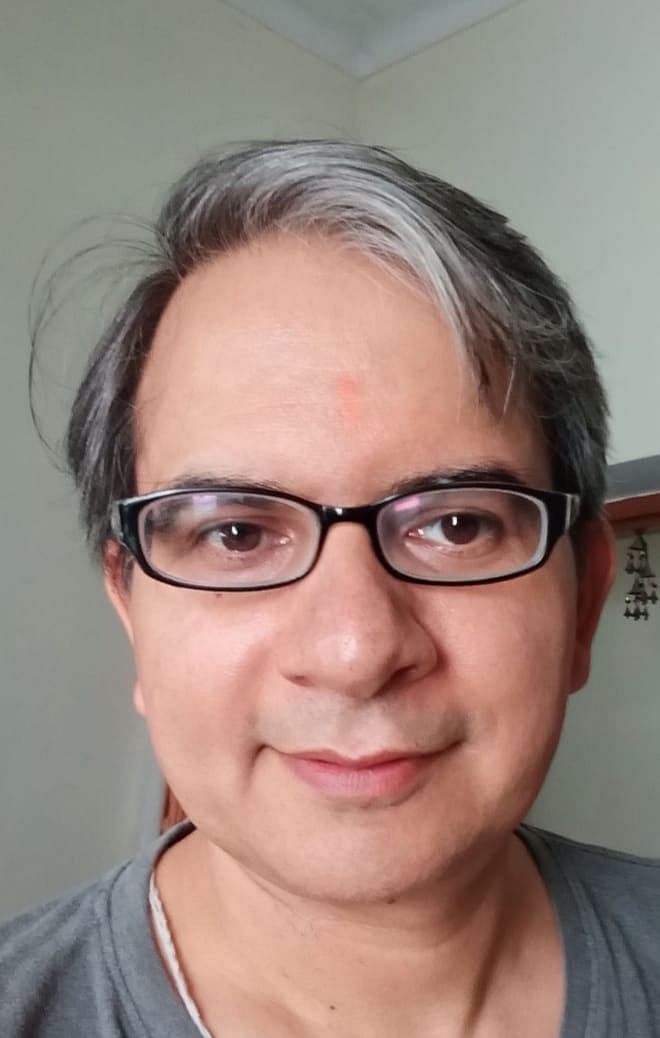
Expectations are riding high as Justice D Y Chandrachud is set to take over as the Chief Justice of India on November 9.
Son of former CJI Y V Chandrachud, Justice Chandrachud will be at the helm of the country's top court for a little over two years, an "unprecedented" development in this decade, giving him ample time to decide on some of the vexing issues that are brewing across the country.
The soon-to-be CJI has the qualities that will hold him in good stead for the challenges ahead. Justice Chandrachud is an early riser (he gets up at 3.30 am) and a man of frugal dietary habits.
He is also respected for his intellectual ability, known to be cultured — lawyers seem to like to appear before him — and a judge with a liberal outlook, a quality that shines in his judgements, particularly when it comes to issues concerning the rights of women and the marginalised.
But there are also those who are apprehensive whether he can stand up to a strong executive.
In an interview with a news portal, former SC Bar Association President Dushyant Dave said in politically sensitive cases such as Ayodhya, Places of Worship (Special Provisions) Act, Justice Chandrachud has been disappointing. Many believe that it was Justice Chandrachud who authored the Ayodhya judgement.
Among the myriad challenges are a slew of high-profile cases — abrogation of Article 370, validity of the Citizenship Amendment Act and the electoral bonds scheme — whose outcome will have huge political ramifications.
On the judicial front, a mountain of cases, a lack of adequate infrastructure and a delay in the delivery of justice are some of the issues which Justice Chandrachud will need to resolve urgently.
Going by the experience during the Covid-19 pandemic, many feel digitisation will certainly receive a big boost during his term.
"By the end of his tenure, we could see full digitisation. He is the one who is pushing lawyers and judges to undergo training and adopt a digital mode for efficient functioning," said a senior advocate.
As chairman of the e-committee of the Supreme Court, Justice Chandrachud ensured the publication of draft model rules for live streaming and recording of the court proceedings in order to make the judicial system more accessible. "Access to justice is a fundamental right. The Supreme Court is not the preserve of the rich and elite, it has to be accessible to the common people. So virtual courts would continue to function with greater efficacy till establishment of Regional Benches of the Supreme Court ," said senior advocate P Wilson.
Having been part of the landmark decision in Swapnil Tripathi case (2018) allowing live streaming, Justice Chandrachud indicated that the court is trying to institutionalise the process.
As head of the Collegium, he will have a fairly bigger role to fill up vacancies at the High Courts and the Supreme Court.
As of October 1, out of the total sanctioned strength of 1,108 judges, 25 High Courts were being managed with 772 judges, with 336 posts lying vacant. During his tenure, he will have to appoint 17 judges at the Supreme Court, which is functioning with half of the total sanctioned strength of 34 judges.
But this is easier said than done as the executive will test his patience during the appointments.
There is also the issue of diversity in the judiciary. "There is no explanation why the SC has failed to appoint even a single judge from the Scheduled Tribes even after 70 years," said Wilson, hoping to see this blemish corrected.
Senior advocate Siddharth Luthra felt Justice Chandrachud will have to work on increasing courts at trial level and streamlining judicial appointments. "And I hope he will try to ensure that vacancies are filled in advance at all levels of courts rather than post-retirement and post-vacancy process," he said.
Wilson also highlighted the issue of increasing the retirement age of judges at the High Courts from 62 to 65 to avoid a race among them to reach the apex court.
"He (Justice Chandrachud) has a substantially long tenure which is unprecedented in this decade, and thus has a great opportunity and responsibility to make the Supreme Court more cohesive with a focus on consistency in judicial philosophy," Luthra said.
Many feel Justice Chandrachud would ensure that the Constitutional bench becomes a permanent fixture in the Supreme Court.
With him at the helm, lawyers also feel there could be a time limit for arguments for lawyers as a self-regulatory mechanism.
"He will have to address pendency, too, and Constitutional benches set up already will need to hear and decide long-standing issues such as the money Bill," Luthra said.
Another senior advocate, who did not wish to be named, was optimistic about the top court's future. "Independence of the judiciary will get great impetus" in Justice Chandrachud's tenure, he said.
"He is held in high regard by the bar and executive for his intellectual ability. We can safely say that the baton is being passed into safe hands," he added.
President of Bar Association of India, Prashant Kumar said the association will assist fully the incoming Chief Justice in whatever way possible to bring in meaningful institutional transformation in the Indian judicial system.
"Nearly 15 years since the retirement of Chief Justice K G Bakakrishnan, we are getting a Chief Justice who will have a two year tenure, providing the scope for some significant institutional development in the judiciary. We have had excellent Chief Justices who have left their indelible mark on the jurisprudence, which Justice Chandrachud has already made even till today, but it is his leadership of the judicial institution, the improvement in listing and case management processes and a more pervasive role of technology is an equally important contribution we look forward to," he said.
